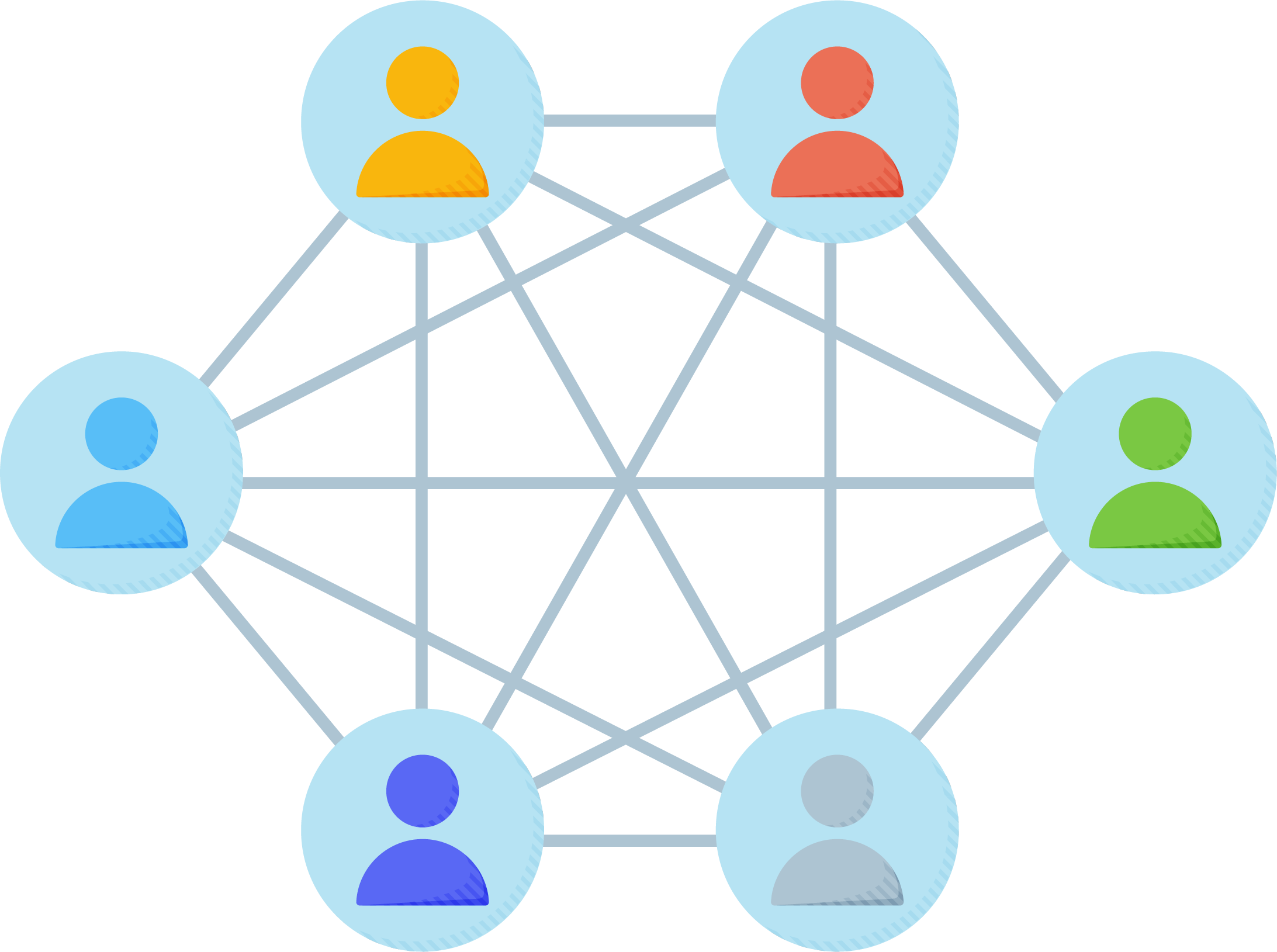What are the benefits of interactive visualization?
Data visualization is a technique used to transform data into an interactive form by representing it in charts, maps, graphs, and illustrations. This helps communicate the information in the data efficiently and effectively. One advantage of using data visualization over simple data representation techniques is that it allows the user to adjust, interact, and analyze the data instead of merely reading it.
Techniques for interactive visualization
Some helpful data visualization techniques include tool kits, such as interactive widgets, hover and tooltip effects, filtering and sorting, responsive designs, animations, and transitions. Using libraries such as Plotly and D3.js is also beneficial.
Benefits of interactive visualization
Some benefits of interactive visualization techniques are as follows:
Faster understanding of concepts: Humans tend to understand visually represented information faster than plain written text with numbers. This is because data visuals allow them to dive deeper into specific subsets of data and acquire concepts faster.
Enhanced exploration: This allows users to explore data by employing techniques like zooming, which help in extracting specific details to promote a deeper understanding of data patterns.
Access to relevant/ personalized insights: Data visualization helps companies and organizations sort their data and find it when needed.
Story telling: Creators can convey a narrative to emphasize key takeaways through data visualization. They can change parameters and filter data to present it in the form of a convincing story.
Data representation of complex data in a structured way: Usually presenting multidimensional datasets or data with interconnected information becomes very difficult for users to understand. Techniques such as zooming in and filtering simplify complex data and make it easier to grasp.
User engagement: Interactive visualization makes information engaging and gets users to stay on a page for a longer duration.
Immediate feedback: Through data visualization, users can change parameters in real time and see results immediately. This helps to understand the cause-end-effect relationship of the data.
Enhances communication: Unlike previous methods of data representation, interactive data visualization speeds up communication and makes it more effective. This is because users can understand and retain information easily.
Example 1
If we were to describe the chart below in a paragraph, the sales trend would require more information for clarity. However, as shown below, the static bar chart representation slightly enhances visual clarity by showing the monthly sales variation. Still, this chart is confined and static. Let's envision this chart with added dynamic visualizations that make the sales trend elaborative and interactive. For instance, animated line charts could illustrate the ebb and flow of sales over time, and users could zoom in, compare, and explore the movements.
Example 2
Let's suppose we have three shapes: a triangle, a pentagon, and a diamond, and we want to demonstrate to the users how these shapes would appear when we rotate them to 90, 180, 270, and 360 degrees. One way to do that is to draw the shapes in their rotated forms, as shown here:
However, to increase interactivity, we can allow users to click and rotate the shapes themselves, as shown below. This way, they will learn with greater clarity. Users can click the shapes below to rotate them.
Challenges
Data visualization also has some drawbacks. Here are some of them:
Unverified data can lead to misleading visualization.
Poor design choices, such as cluttered visuals, can limit the user's understanding of the data.
In some cases, offering too many interactive features can overwhelm users.
Adding interactivity to sensitive data can lead to problems of confidentiality.
Understanding data visualizations can be a challenge for people unacquainted with reading data.
Free Resources







